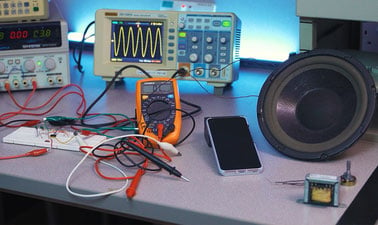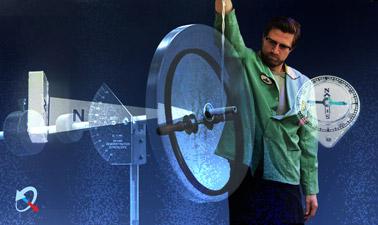The online heat simulations on this page allow you to learn how heat acts and what is the relationship between heat and temperature.
Heat and temperature are two related but different concepts. Understanding these concepts is important to many fields of science and engineering, including climatology, physics of matter and thermal engineering.
Temperature is a measure of the average kinetic energy of particles in a system, while heat is the transfer of thermal energy between two systems at different temperatures. The instrument for measuring temperature is called a thermometer and the units of measurement are degree Celsius (°C), degree Fahrenheit (°F) and degree Kelvin (°K).
Heat is the transfer of thermal energy from one system to another. Heat transfer can occur by convection, conduction or radiation. Specific heat is the amount of heat required to raise the temperature of a material by one unit of temperature. The amount of heat transferred between two systems depends on the temperature difference between them and the amount of mass and specific heat of the systems.
Heat is not the same as temperature. The temperature of a system is directly related to the heat energy it contains, but temperature is not the only factor to consider. For example, two systems can have the same temperature, but if they have different masses or specific heat, the amount of heat required to raise their temperature will be different.
Explore the exciting STEM world with our free, online simulations and accompanying companion courses! With them you'll be able to experience and learn hands-on. Take this opportunity to immerse yourself in virtual experiences while advancing your education - awaken your scientific curiosity and discover all that the STEM world has to offer!
- Heat and cold
- Temperature
- Thermometer
- Transfer
- Energy
Temperature Scales
Conversion between degrees Celsius, Fahrenheit and Kelvin. What is the lowest temperature that can be reached in degrees Celsius?
Calibration of a thermometer
Steps to calibrate a thermometer in degrees Celsius using the phase changes of water.
Energy Forms and Changes
Explore how cooling or heating iron, brick, water, and olive oil increases or decreases energy. See how energy is transferred between objects. Build your own system, with sources, changes, and uses of energy. Track and visualize how energy flows and changes through your system.
File
Chemistry courses


Big Bang and the Origin of Chemical Elements



Preparing for CLEP Chemistry: Part 1



Pre-University Chemistry



Thermodynamics and Phase Equilibria



Thermodynamics



The Basics of Transport Phenomena



Entropy and Equilibria

Other courses


Big Bang and the Origin of Chemical Elements



Introduction to Deep Earth Science



Sustainability, Resilience, and Society



Digital Biomaterials



General Chemistry I: Atoms, Molecules, and Bonding



Advanced Fluid Mechanics 3: Potential Flows & Boundary Layers



AC and Switching Circuits



Astrophysics: The Violent Universe



















